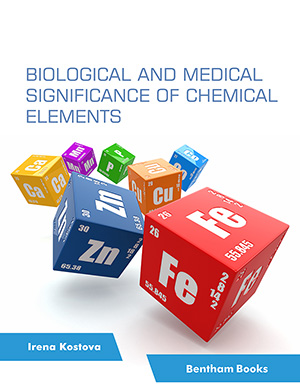Abstract
Background: Bacterial cellulose (BC) is a versatile biomaterial with numerous applications, and the identification of bacterial strains that produce it is of great importance. This study explores the effectiveness of a Stacked Autoencoder (SAE)-based deep learning method for the classification of bacterial cellulose-producing bacteria.
Objective: The primary objective of this research is to assess the potential of SAE-based classification models in accurately identifying and classifying bacterial cellulose-producing bacteria, with a particular focus on strain GZ-01.
Methods: Strain GZ-01 was isolated and subjected to a comprehensive characterization process, including morphological observations, physiological and biochemical analysis, and 16S rDNA sequencing. These methods were employed to determine the identity of strain GZ-01, ultimately recognized as Acetobacter Okinawa. The study compares the performance of SAE-based classification models to traditional methods like Principal Component Analysis (PCA).
Results: The SAE-based classifier exhibits outstanding performance, achieving an impressive accuracy of 94.9% in the recognition and classification of bacterial cellulose-producing bacteria. This approach surpasses the efficacy of conventional PCA in handling the complexities of this classification task.
Conclusion: The findings from this research highlight the immense potential of utilizing nanotechnology- driven data analysis methods, such as Stacked Autoencoders, in the realm of bacterial cellulose research. These advanced techniques offer a promising avenue for enhancing the efficiency and accuracy of bacterial cellulose-producing bacteria classification, which has significant implications for various applications in biotechnology and materials science.
Keywords: Bacterial cellulose, strain screening, identification, acetobacter okinawa, nanotechnology-enabled methods.




























